Teaching text evidence is a HUGE part of the upper elementary classroom. It can be tiresome for kids, but it is important. I try to teach it very explicitly for one week and then review it every week after that! Today, I am going to share all the ways that I teach text evidence to make sure that my kids really understand it.
Text Evidence Sentence Stems
It is important to give the kids the way to show text evidence. Many times when teaching text evidence students will just put “because” or start a sentence with the proof without ever telling you what they are talking about. Teach the kiddos the sentence stems above and then provide them with a place where they can return and look at them if needed. Put them on your board to be displayed for the year!
Do you want this poster for free?! You can grab this poster along with other text evidence freebies in the my FREE text evidence packet! Put your email at the bottom of this post to get it delivered to your mailbox!
Teach the WHY Behind Text Evidence
Have you ever been asked, “But why do we need to do this? I know the answer?”
I get that question a lot. Before I teach text evidence I start with the WHY we need it. To do this, I teach what text evidence is. Then, I have kids brainstorm a list of reasons why we need to prove our answer. You’ll be surprised at how well your kiddos find the answers when you ask them to.
Then, I add anything to the list of reasons that they missed. Giving them context always helps them when it comes to proving with text evidence.
Practice on Interesting Topics
Teaching text evidence can get boring for kiddos, lets be honest. But if you are practicing with interesting topics that they enjoy it will be much easier.
Some topics I love to do are animals they don’t know much about, dinosaurs, video games, etc. There are some free practice paragraphs in the freebie below! Put your email, join the Friendly Teacher’s VIP list and get the freebie!
Engagement
Adding engagement to anything that can be tiresome to kiddos is always important. Here are three ways to add engagement to text evidence:
- Instead of straight up answer questions have them create an Instagram page or Facebook page with the answers and the evidence they found.
- Get a text evidence based close read and have the kids read it and answer the first question. Then, wad it up in a ball and have a snowball fight. When you say stop they grab one and do question number 2. They won’t be answering on their paper, but if you are doing it whole class it doesn’t matter because it is just practice. Repeat this for every question.
- Give them generic text evidence based questions and have them find the book (in the library or on EPIC) and answer the questions with a topic that they chose.
Weekly/Daily Practice
Once you have spent a whole week teaching how to do text evidence you want to keep practicing every day or at least each week.
I like to keep it short and simple when practicing. I have the kids do a quick paragraph each week that allows them to read on an interesting topic and find text evidence in a quick and engaging way.
>>>Read more about those paragraphs here. <<<
Highlighters and Fun Pens
I always let my kiddos use highlighters or a fun pen during text evidence week. We read A LOT and have to find lots of text evidence. So, why not make it fun with a cool highlighter!
Quick Teaching Ideas
- Pick a topic, like Dinosaurs, and have the kids write one thing they know about that topic on a post-it note. Then, read a book on the topic. Discuss any misconceptions and prove that they are a misconception by using text evidence.
- Use pictures to show how to find evidence.
- Have students write their own stories and create questions to go with it. Then, put them with a partner to find the answers to their questions and use text evidence to prove it.
Would you rather have a whole weeks worth of lesson plans ready for you?! Grab them below!
>>>Find a whole weeks worth of text evidence lesson plans here!<<<
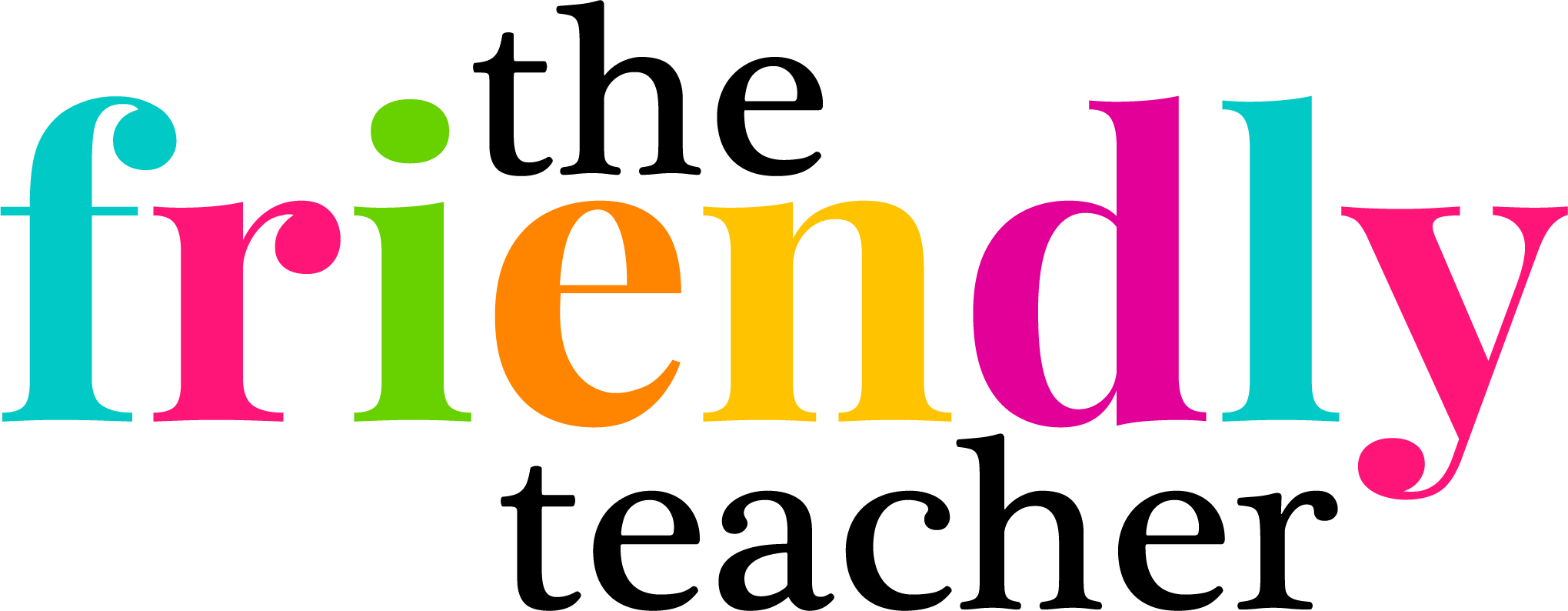


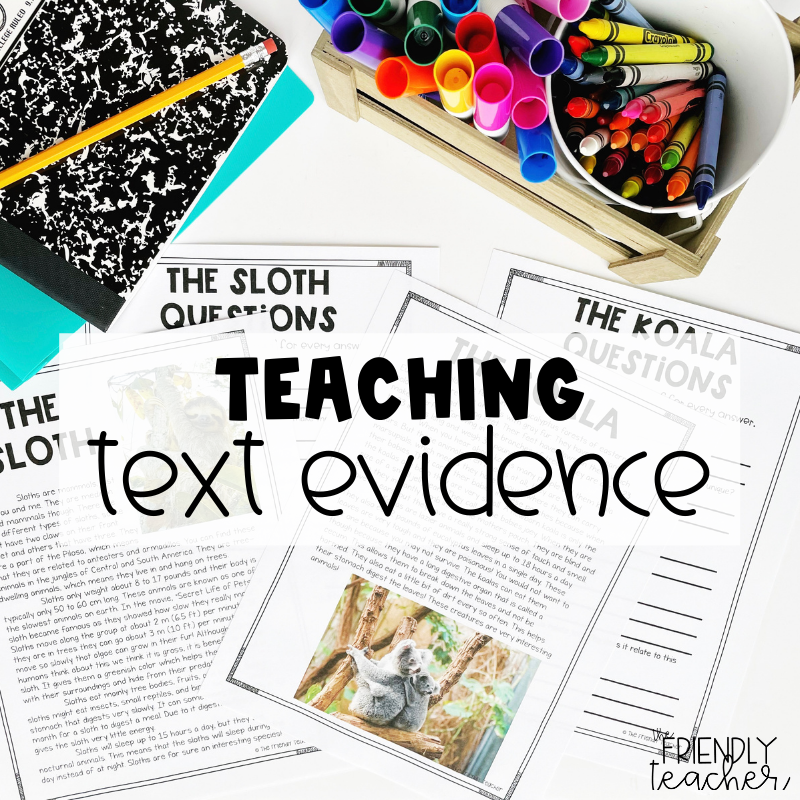
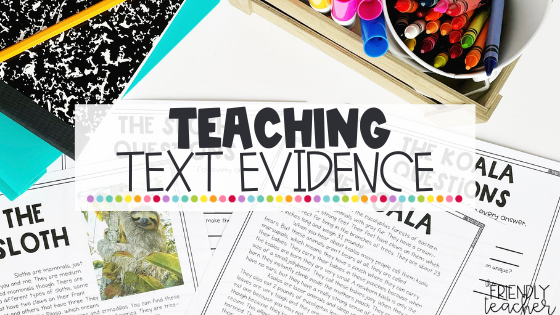


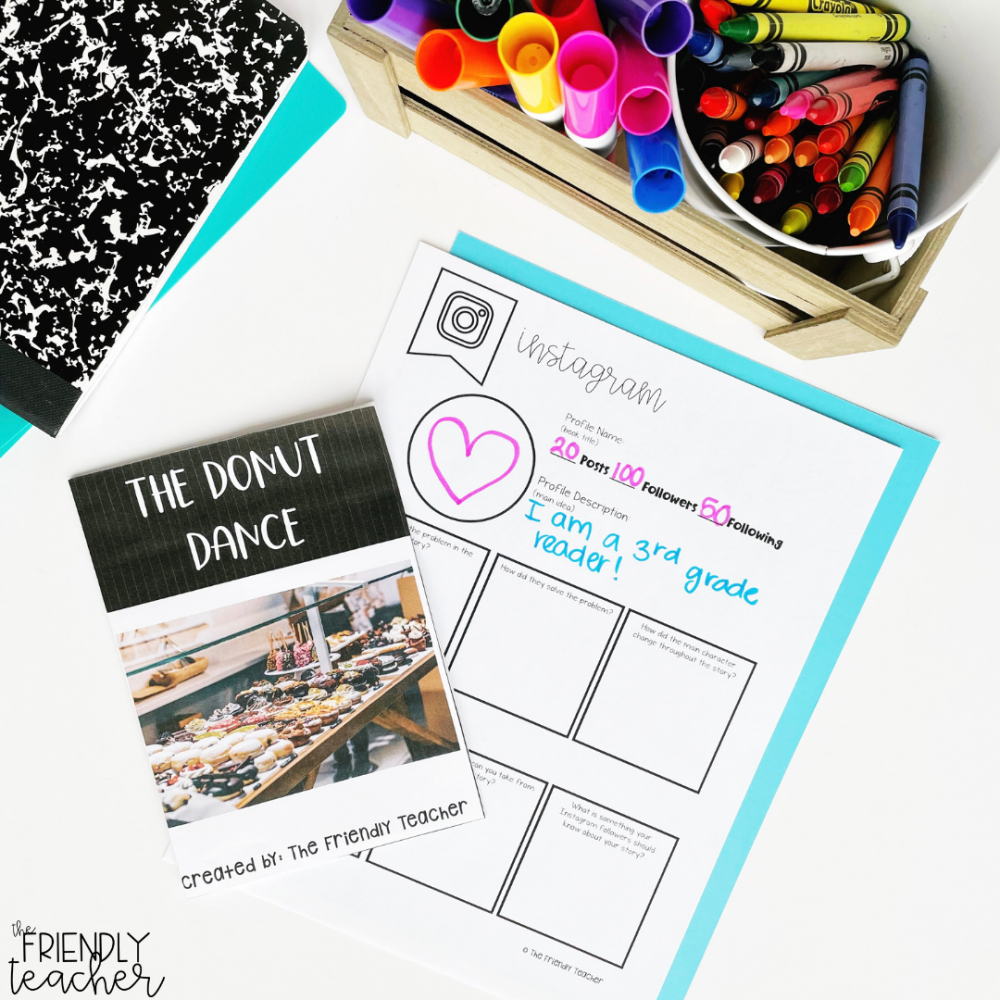
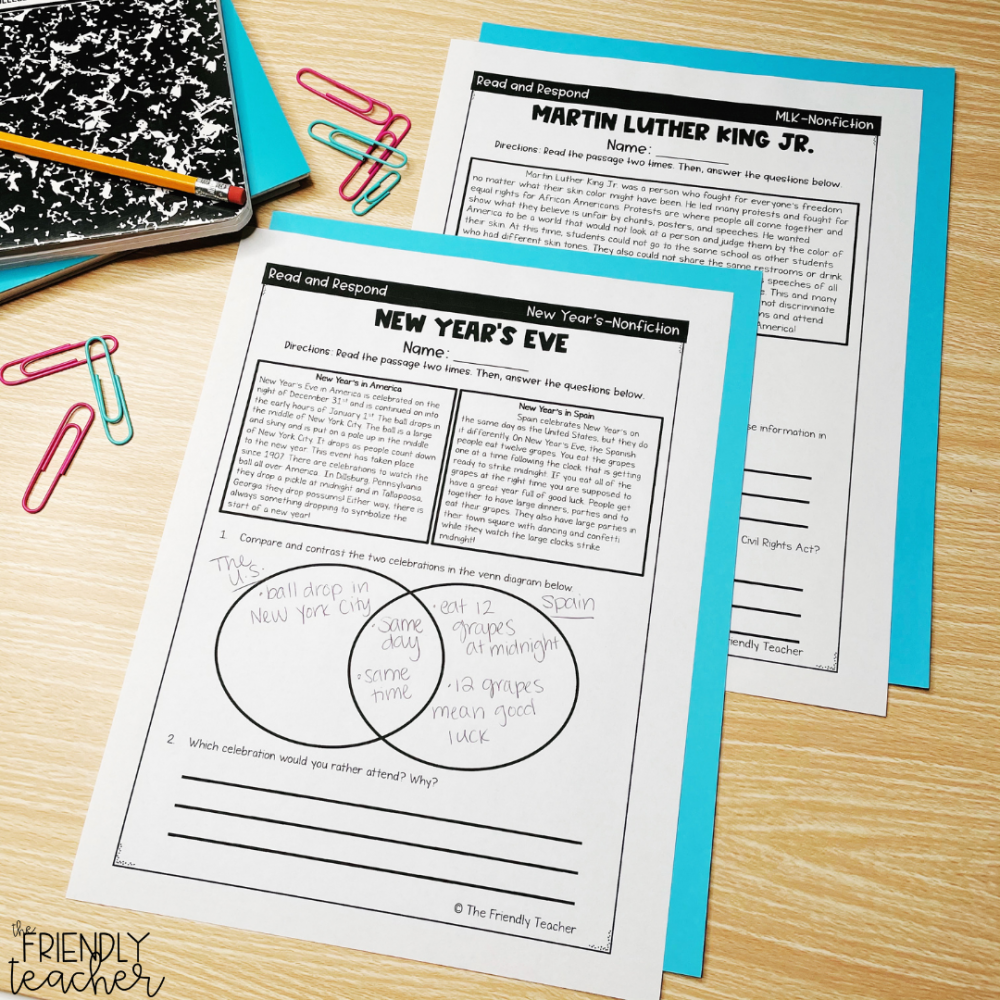

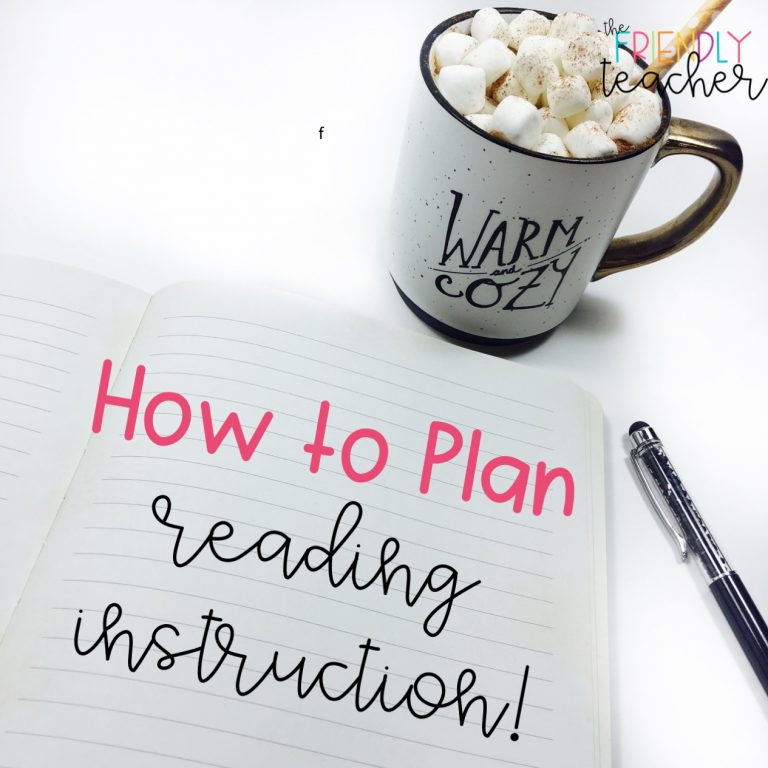
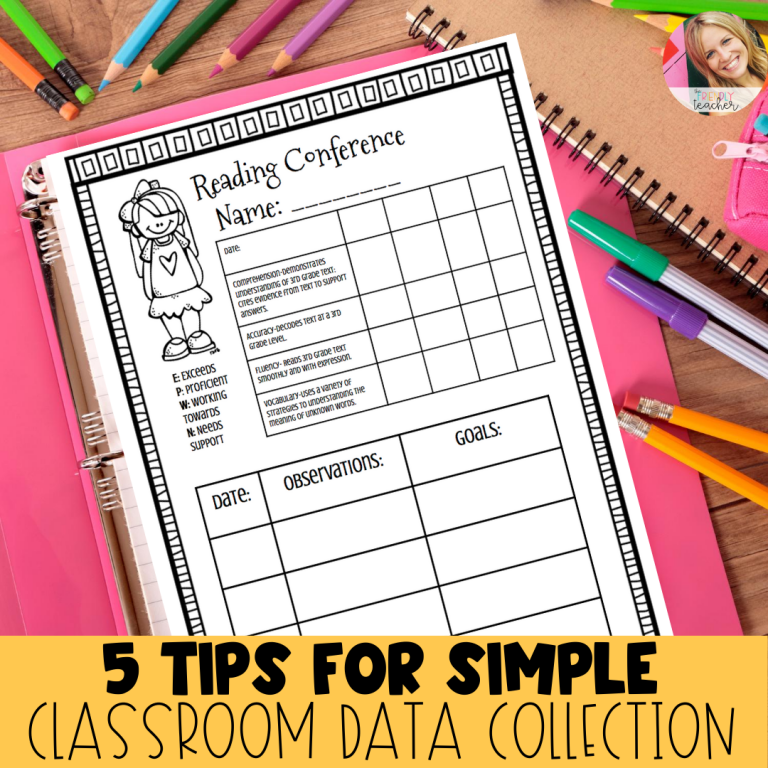
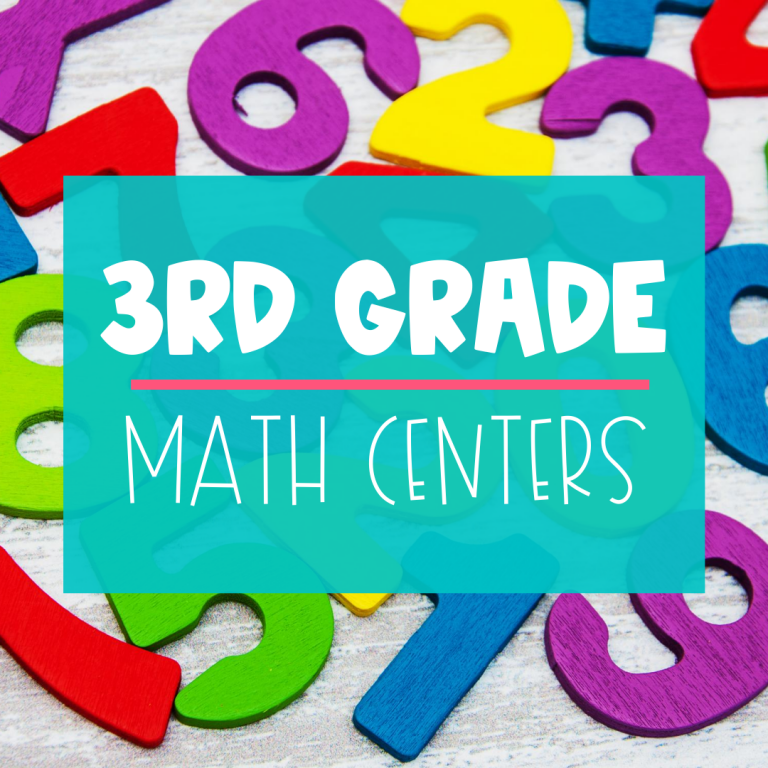
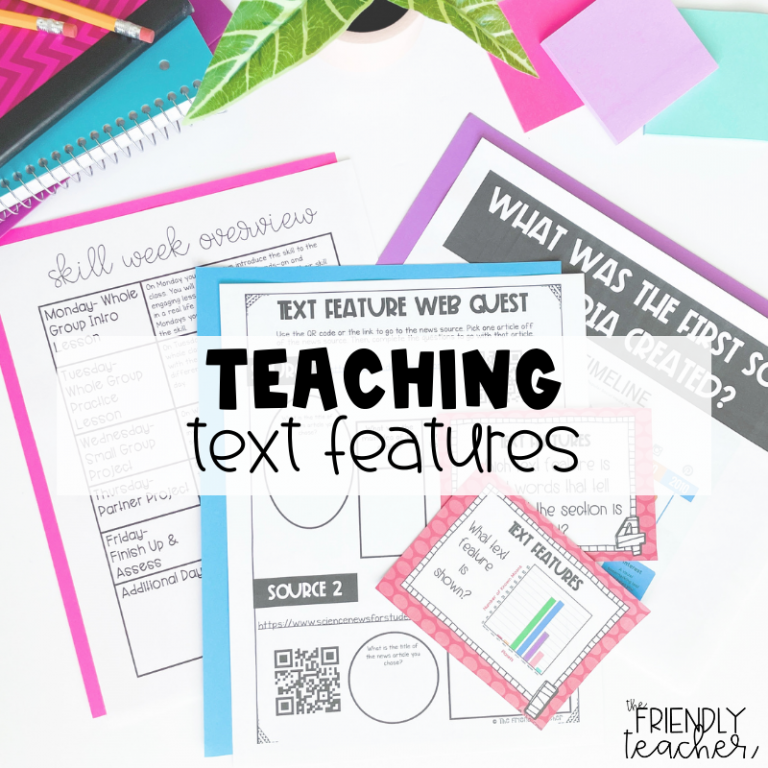
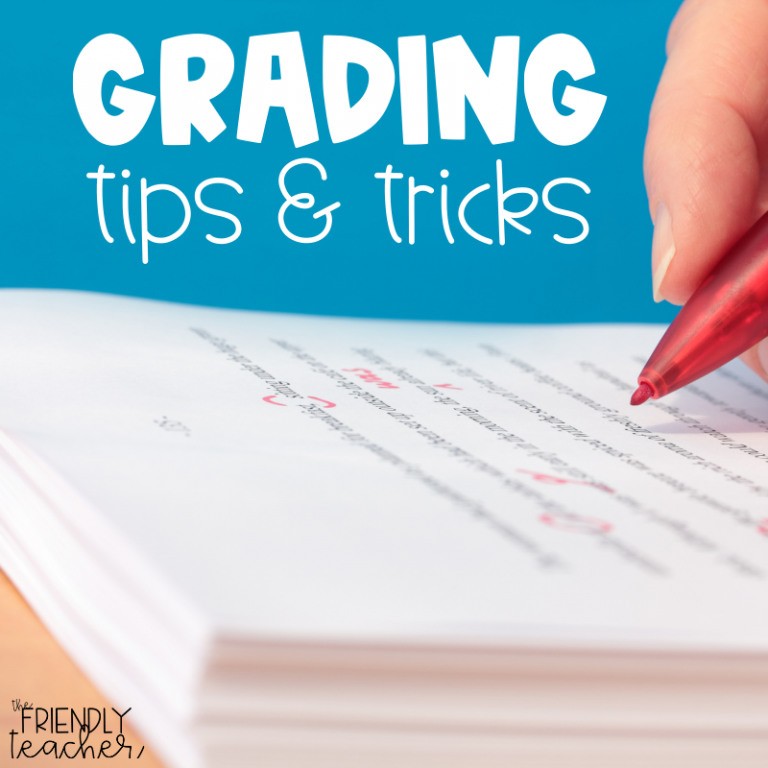
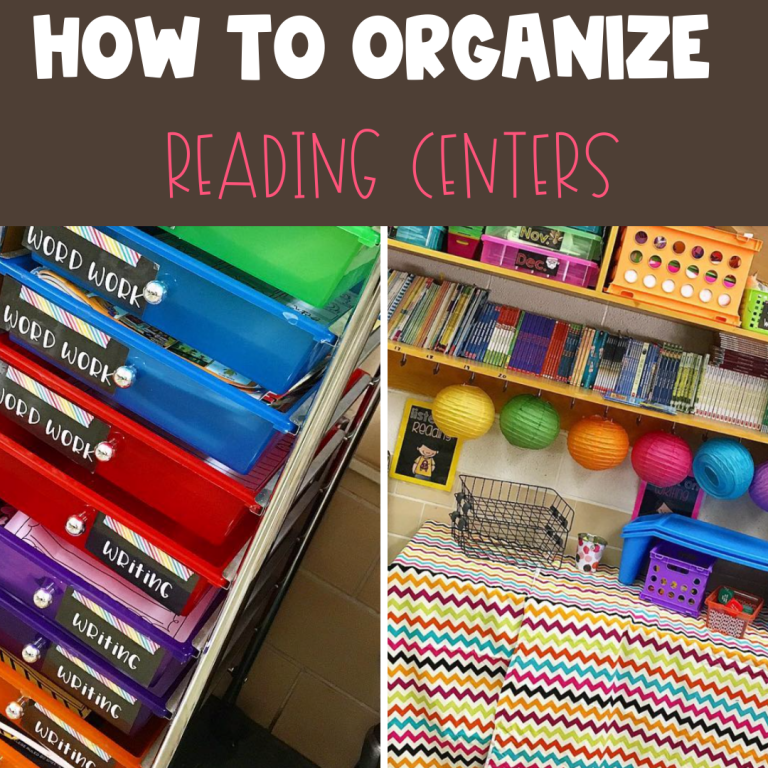

Hannah Wilde
I am so glad you’re here! I love helping 3rd-5th grade teachers by providing ideas, engaging resources, and professional development they need. I am a literacy coach who is here to help lessen the workload for teachers while making them more confident! I want students to be continually engaged in a rigorous environment!